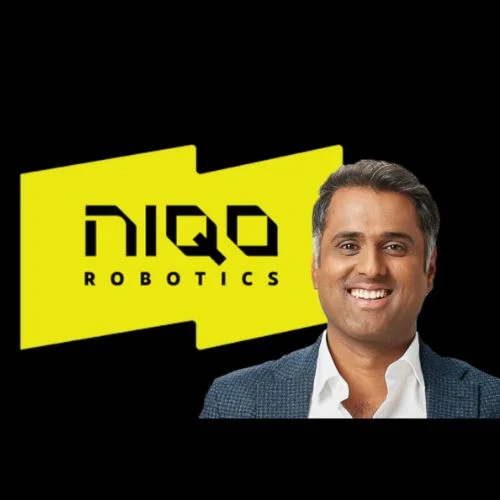The first Vulcan was planned to launch in May, but during testing in March, a fuel tank cracked. The hydrogen seeping from the tank erupted in a firestorm, destroying the upper stage of the Vulcan and injuring the test platform.
It is difficult to construct a rocket. It is significantly more difficult to prepare a new rocket for its initial launch.
The Vulcan, a revolutionary rocket built by the United Launch Alliance, a joint venture between Boeing and Lockheed Martin, has shown to be true. The first Vulcan was planned to launch in May, but during testing in March, a fuel tank cracked. The hydrogen seeping from the tank erupted in a firestorm, destroying the upper stage of the Vulcan and injuring the test platform.
Tory Bruno, the CEO of the United Launch Alliance, told reporters on Thursday that the problem was now fully understood, that a correction was in the works and that the maiden Vulcan launch will take place later this year.
Why it matters: The rocket industry is competitive.
SpaceX, Elon Musk‘s rocket company, has dominated the market of carrying satellites and astronauts into orbit in recent years. Satellite operators, NASA, and the US Space Force have benefited from SpaceX’s decreased prices and prolific launch rate. However, those customers, particularly the Space Force, do not want to rely on a single company.
The Space Force wants the United Launch Alliance to launch two Vulcan flights before it can use the rocket to launch spy satellites and other national security payloads. The longer the company waits to fulfil the first two tasks, the longer it must wait for that certification.
Background: A transitional year
United Launch Alliance held a stranglehold on national security launches a decade ago, employing its Atlas V and Delta IV rockets, both of which had near-flawless flying rockets. However, due to the high cost of the rockets, it had almost no commercial customers.
Following SpaceX’s lawsuit, the military agreed to certify SpaceX’s rockets for national security missions. Some members of Congress, including Arizona’s John McCain, questioned how the US military could rely on the Atlas V because its booster stage was fueled by Russian-built RD-180 engines.
This year, the United Launch Alliance has only flown one rocket, a Delta IV, compared to roughly 50 for SpaceX.
ULA announced in 2014 that the Vulcan would be developed to replace the Atlas V and Delta IV. The earlier rockets are no longer produced, while work on the Vulcan is still underway.
Instead of depending on Russian engines for the Vulcan, ULA turned to Blue Origin, a firm founded by Amazon founder Jeff Bezos. The Vulcan booster will be powered by Blue Origin’s BE-4 engines, as well as Blue Origin’s own New Glenn rocket, which is still in development.
While the Blue Origin rocket engines used for the first Vulcan rocket successfully passed tests, an engine scheduled for the second mission detonated during recent testing, according to CNBC on Wednesday. According to Bruno, this is unlikely to create any extra flight delays.
“This is not unexpected,” Bruno explained. “It won’t be the last time.” There will also be additional rocket components that fail acceptance testing.”
What’s next: A new spacecraft and a fresh lunar expedition.
The first Vulcan mission will carry a commercial lunar lander built by Pittsburgh-based Astrobotic Technology, two demonstration satellites for Amazon’s planned Kuiper satellite internet network and the ashes of people who wanted to be buried in space as part of a memorial service provided by Celestis.
The second Vulcan launch will take Dream Chaser, a space aircraft developed by Sierra Space of Boulder, Colorado, into orbit for a test flight. The current Dream Chaser will not transport passengers, but will instead transport cargo to and from the International Space Station.
If the first two flights go well, the Space Force will evaluate the data to certify the Vulcan rocket, and the first national security mission might launch as early as the second quarter of next year.
Bruno stated that the ULA planned to launch 25 missions in 2025, with half of them being government missions and the other half being commercial customers. “It’s a much more balanced portfolio,” remarked Bruno. “It more than quadruples our launch rate.”















